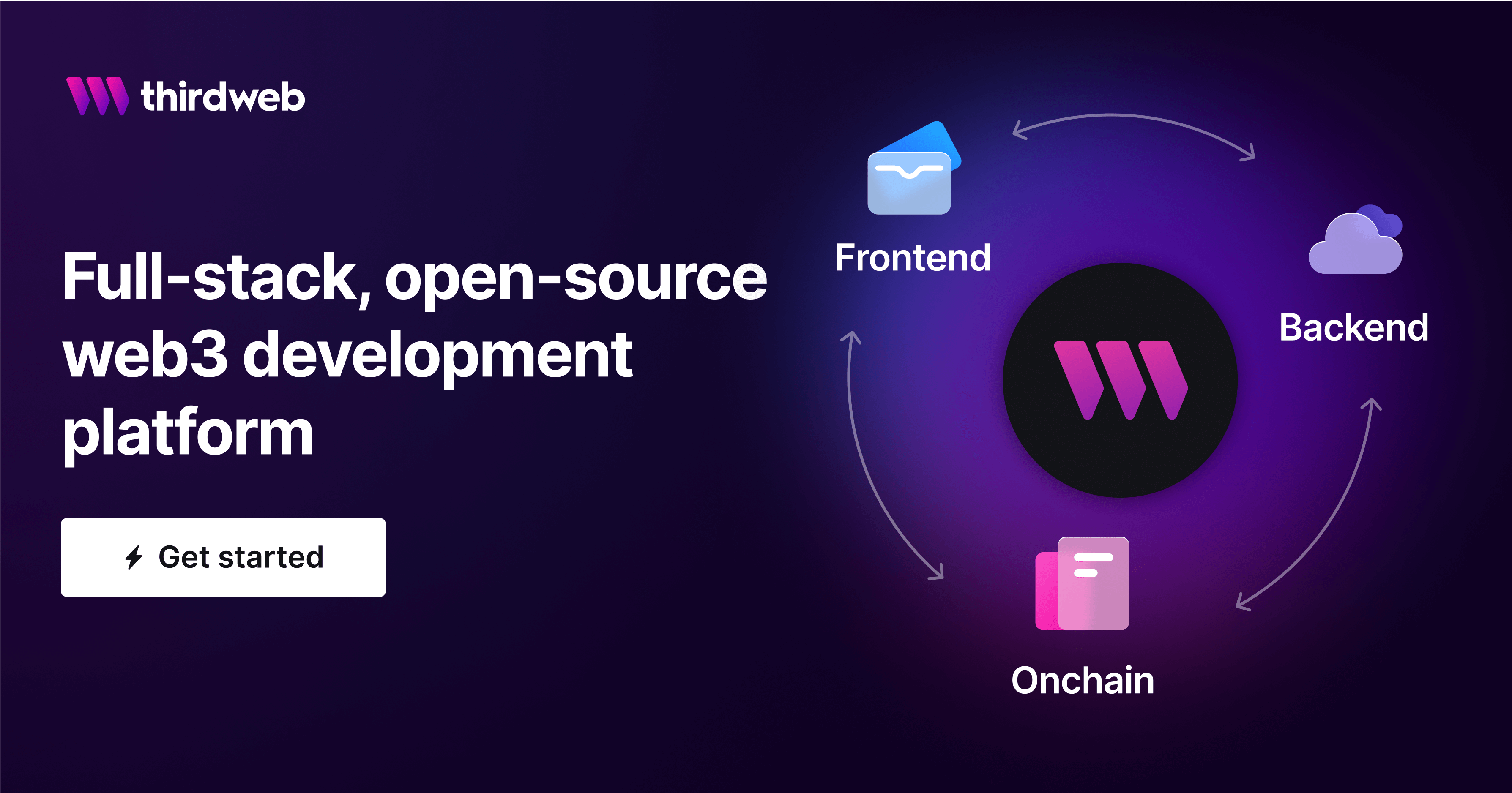What is EigenLayer?

Ethereum has been struggling with high transaction fees and low throughput for years. The pivot to a rollup-centric Ethereum roadmap hopes to solve these scaling issues. While it has given birth to new applications, the unpredictability of gas pricing remains the same.
In fact, 95% of rollup costs are tied to posting data on Ethereum. To reduce data publishing costs, a specialized data availability layer is the need of the hour.
Enter EigenDA; it enhances blockchain data availability and improves the performance and reliability of dApps (decentralized applications).
In this blog, we explain what EigenDA is, its benefits, and how it compares to other data availability solutions.
What is EigenDA?
EigenDA is a scalable data availability solution specialized in serving Ethereum rollups that leverage EigenLayer - a permissionless restaking protocol allowing ETH stakers to delegate their stake. It inherits the robust security and decentralization of Ethereum by aligning incentives between:
- Restakers who delegate their ETH staking positions to receive yield.
- Node operators who validate data and ensure availability in exchange for delegated rewards.
How does EigenDA work?
EigenDA shards data across operator nodes to enable true horizontal scaling. By this, the ability of EigenDA to handle data only increases as more operators and restakers join the network.
Now, let’s understand how EigenDA works in two parts — the protocol-level components and the DA-specific components.
Protocol level components
EigenLayer restaking
EigenDA utilizes the restaking mechanism of EigenLayer, which is built on top of Ethereum. Restaking involves stakers delegating their stake to node operators within the EigenLayer ecosystem, enhancing the security and decentralization of the network. This mechanism underpins the consensus and security model of EigenDA.
Consensus mechanism
EigenDA is an actively validated service (AVS) on EigenLayer. As an AVS, EigenDA inherits and adopts the consensus of Ethereum and the state of EigenLayer. This approach simplifies the consensus process for EigenDA, as it doesn't need to establish its own blockchain or consensus protocol.
Proof of Custody
Proof of Custody is a mechanism to ensure that data blobs are available. Also, it provides cryptographic guarantees that the encoded data is reliably stored across EigenDA. For this, EigenDA employs Reed Solomon erasure coding scheme and an assignment module.
Data Availability components
Data availability nodes
EigenDA nodes are the worker forces behind this data availability network. They are responsible for storing and serving encoded chunks of blob data for a pre-defined time. Nodes stake ETH on EigenLayer, and this stake is used to determine their roles and assignments on EigenDA.
The main functions of EigenDA nodes are:
- Validate their assigned portion of the encoded batch data.
- Provide BLS (Boneh-Lynn-Shacham) signature over the batch header to verify their data integrity.
- Retrieve original blob data by downloading, decoding, and reconstructing sharded data.
Dispersal
The dispersal process begins with the disperser receiving raw data blobs to be made available. It encodes the blobs using erasure coding like Reed-Solomon into sharded chunks. The disperser constructs batches containing the encoded chunks and headers, which are transmitted to the DA nodes.
Bridging
For end consumers like rollups to verify data availability, the DA attestations must be published on an Ethereum execution layer that they can access. This bridging is achieved by the disperser submitting the attestations directly to the Ethereum L1 chain.
Bridging the attestations makes them available for data availability sampling by light clients.
Retrieval
Rollups and other end-users can retrieve the original data blob by leveraging the bridged DA attestation. This provides the mapping of which encoded chunks are assigned to which DA nodes. The retrieving client downloads chunks from the attested nodes and reconstructs the original blob by decoding the shards.
Assignment modules
This component determines how encoded data chunks are allocated to DA nodes based on the current Ethereum chain state. Nodes' respective stake is evaluated and if they meet sufficient aggregate stake, they will be assigned duties of data availability. This upholds the liveness of the DA network.
Transaction flow
Here's how the transaction lifecycle on EigenDA looks when a rollup sequencer initiates a transaction:
Step 1: Encoding
Disperser applies Reed-Solomon erasure coding to data blob and then encodes blobs into redundant shards/chunks with a commitment.
Step 2: Chunk assignment
The assignment module deterministically maps chunks to DA nodes based on their stake. This step ensures liveness (enough stake will produce attestation) and safety (minority can't violate availability).
Step 3: Node attestation
DA nodes validate their assigned chunks against the commitment. Then, they produce BLS signatures over chunk headers as availability proofs.
Step 4: Aggregation
Disperser aggregates node signatures into a consolidated DA attestation. This attestation cryptographically proves the full data's availability.
Step 5: Bridging and retrieval
Attestation bridged to the Ethereum execution layer (L1 or L2) is always accessible to end-users. They can retrieve availability info, download chunks from attested nodes, and reconstruct original data.
How does EigenDA compare to other data availability solutions?
The DA landscape is rapidly growing with many solutions offering low data publication costs. These solutions differ in their approaches, influencing throughput, security, and decentralization. To gain a nuanced understanding of these differences, let's compare DA solutions across four key parameters.
Why choose EigenDA as a data availability layer?
Beyond low data costs, EigenDA offers several benefits for developers to bootstrap their rollup network and build new applications.
Quick deployment
The necessity to establish a new validator set is eliminated with EigenDA, streamlining the rollup development process. One can simply use rollups-as-a-service providers like Conduit and Caldera to integrate EigenDA and customize based on their application needs.
Data reservation facility
EigenDA offers a way for rollups to have predictable data costs with long-term reservation rates. This bypasses the headache of fluctuating DA costs which are linked to the prices of ETH or a native rollup token. If a rollup knows how much data will be stored, it can have a fixed rate acceptable for restakers.
Customizability
EigenDA allows for all sorts of customizations, from security guarantees to staking token modules.
For example, if you prioritize performance over decentralization, you can set a lower threshold to validate the node signatures. Further, EigenDA enables rollups to create their utility token that can be used as rewards for restakers or used for staking to guarantee data availability.
Low latency
EigenDA boasts a fast-proof certification model, allowing restaking nodes to publish proofs with no delays. This feature especially helps use cases like gaming and decentralized social that need high-performing rollups at low costs.
Ethereum alignment
EigenDA is Ethereum-aligned because it allows any service or protocol to leverage Ethereum’s security and settlement. This reduces the fragmentation of trust networks and liquidity. Value accrual will also happen within the Ethereum network because rewards are distributed among the identical validators securing the chain.
EigenDA is committed to integrating EIP-4844 and danksharding for future upgrades.
Is EigenDA the answer to blockchain’s data availability concerns?
In the testnet phase, EigenDA achieved a data availability throughput of 10MB/s with a node bandwidth of 0.2MB/s. With full implementation of the roadmap, EigenDA aims to scale to 1GB/s. With such high throughput, EigenDA can support rollups processing large volumes of transactions without any gas fee spikes.
Besides performance and cost, EigenDA matches Ethereum's security standards, positioning it as a pivotal tool for Ethereum scaling.
Its alignment with Ethereum's ecosystem ensures that EigenDA is not just a solution for enhancing throughput but is fundamentally designed to integrate and support the growth of Ethereum-based rollups.

If you have any questions, join 40,000+ other builders in our Discord community or reach out directly to the team! And if you want to start building in web3, get started with thirdweb’s web3 tools and SDKs for free!
